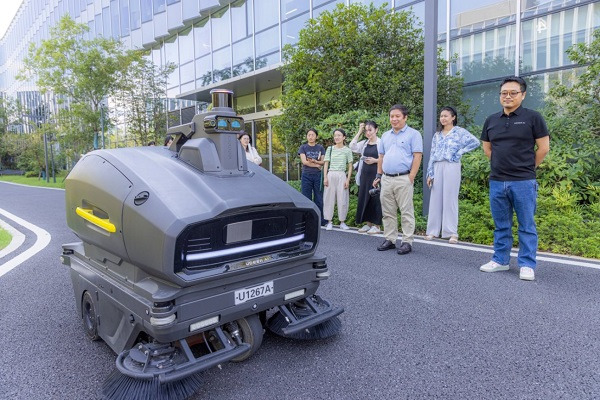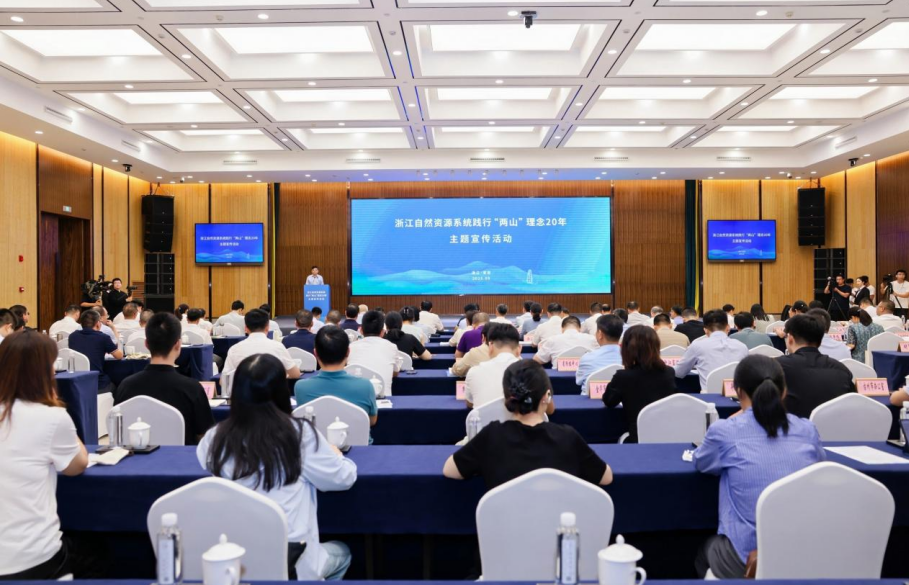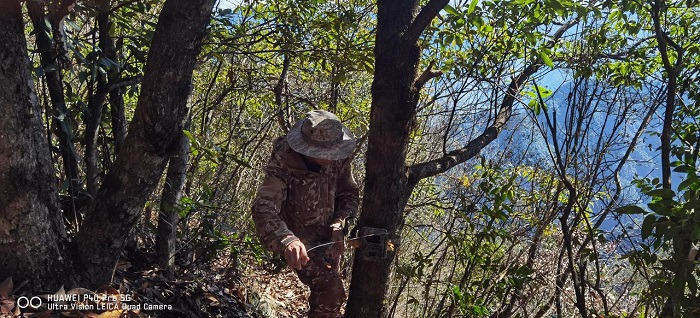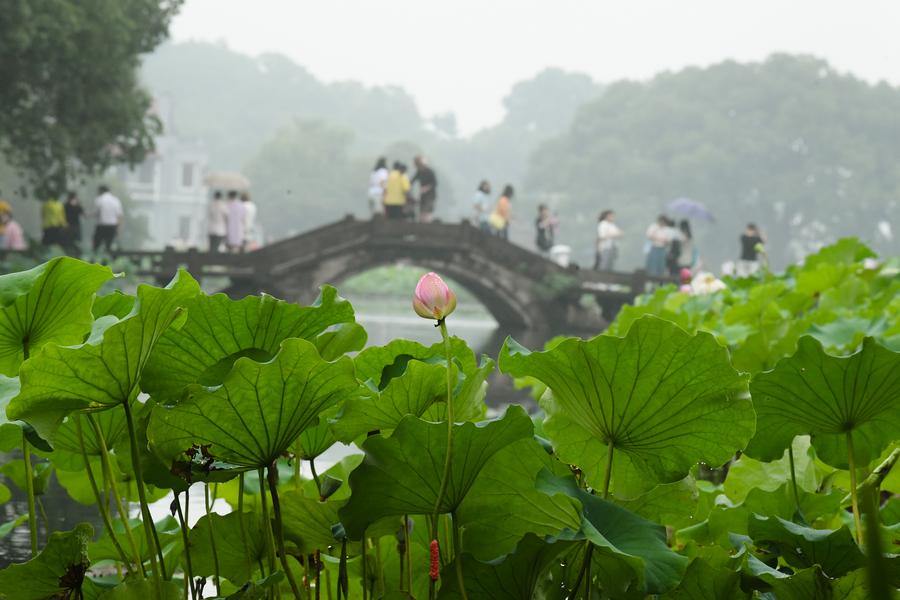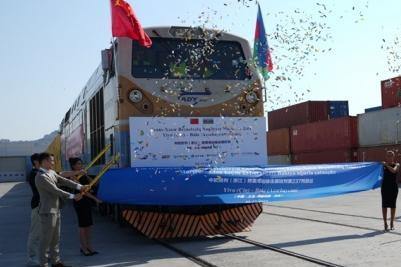The year 1978 was a turning point in Li Xiaoke’s life. Though his father Li Keran (1907-1989) was one of the most important art masters of the 20th-century China, the son was working at a turbine factory in Beijing. In 1960 he enrolled into the affiliated middle school of the Central Academy of Art in Beijing where he studied art. The year 1978 saw him begin to take landscape painting lessons from his father seriously and that explains why in 1978 the 34-year-old son accompanied his father on a sketching trip to Mount Huang, a zone of scenic wonders that has attracted numerous mountain-river artists for decades in China. In 1979, Li Xiaoke quit from the factory and became a full-time artist. Now he is a well known artist and heads quite a few professional art organizations.
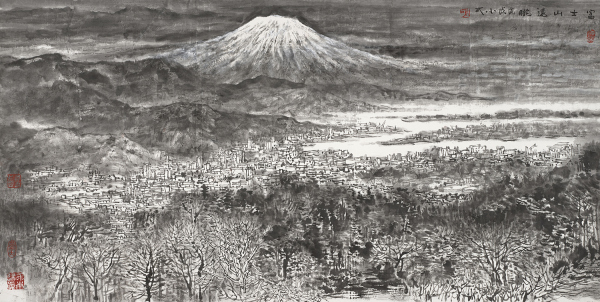
Though he received professional training at the affiliated middle school of the Central Academy of Art, calligraphy wasn’t on the curriculum. He has kept practicing calligraphy two hours the first thing in the morning for quite a long time. He believes that practicing calligraphy benefits him in two major ways: it improves his calligraphy and gives him time to consider how he can further improve his art of painting.
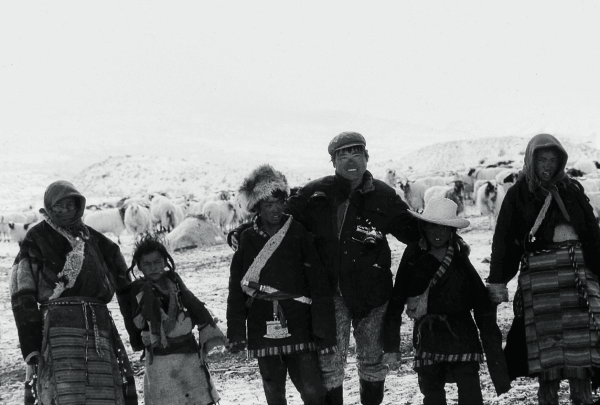
The importance of calligraphy practicing can never be overestimated for artists who paint in the traditional Chinese way. Ancient art theory scholars agreed unanimously that painting and writing with a brush pen were from the same source. In practicing calligraphy, one learns how to best use the ink and the brush pen masterfully, how to express oneself in brushstrokes, how to draw perfect lines, how to handle the relationship between structure and composition.
Since 1978, Li Xiaoke has visited Mount Huang over 30 times. His passion for the glory of the scenic mountain zone has intensified since his understanding of nature, man, and art has been deepening. In the springtime of 2020 when the whole nation locked down due to the Covid-19 pandemic and he stayed at home, his creativity burst. Over the months, he created dozens of landscape painting centered on Mount Huang. He has noticed some changes in his painting. He is better at structuring and no longer worries about some minute details; his art language becomes more concise and straightforward; his brush and ink are more expressive; the mountains and the rivers are better layered.
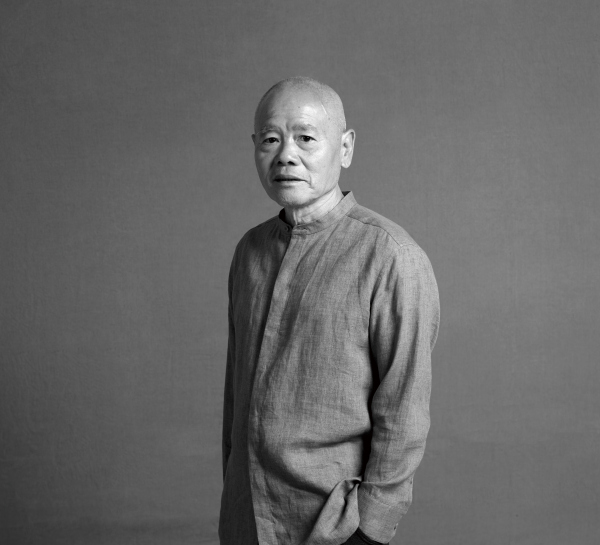
One art subject Li Xiaoke loves is about Tibet, which he has pursued relentlessly. His first visit to the Tibet-Qinghai Plateau occurred in 1988 when he accompanied his father to visit the source head of the Yellow River. Li Xiaoke was fascinated by what he saw there. So far he has visited Tibet 34 times. He finds Tibet awe-inspiring. In his eye, the grandeur of nature is best manifested in snowcapped mountains, prayer streamers, pilgrims, lamps, and Mani stone mounds.
In his 2018 visit to Japan and the United States, he did quite a few sketches. Some sketches are expanded into full-fledged paintings.
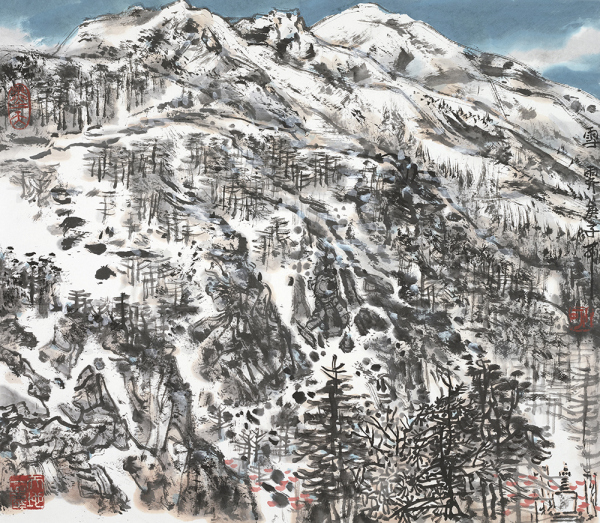
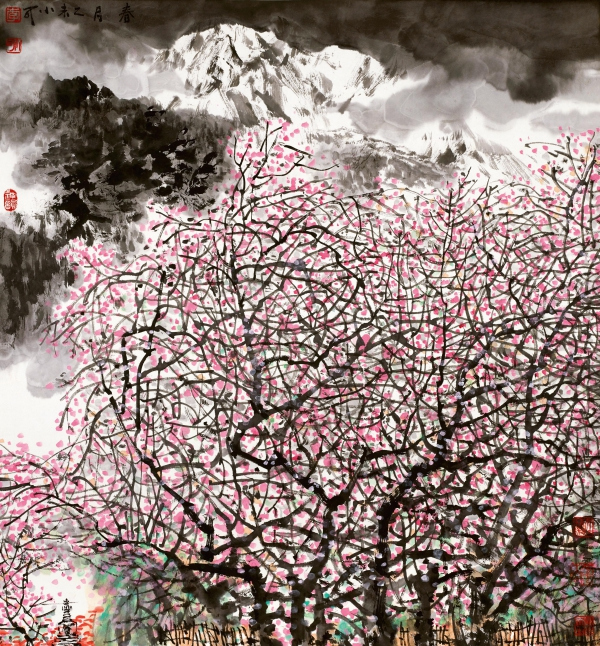
Li Xiaoke has close ties with Hangzhou. His father Le Keran studied art in Hangzhou. In 1929, Li Keran was enrolled as a graduate into the graduate department of the National Academy of Art based in Hangzhou. He took sketch and oil painting lessons respectively from Lin Fengmian and Andre Claudot. He spent three years studying in Hangzhou, a turning point in his career. It was in Hangzhou that the artist opened his eyes to the western art and received rigorous training in western art.
Though Li Xiaoke was born and brought up in Beijing, Hangzhou, the capital of Zhejiang Province, means very much to him. His father created several paintings about Zhejiang and Hangzhou. Li Xiaoke has visited Zhejiang several times. He likes the serenity of the West Lake, the grandeur of the Baochu Pagoda, cliff inscriptions on the compound of the Xiling Seal Art Society, and the wooded peaks around the Lingyin Temple.

